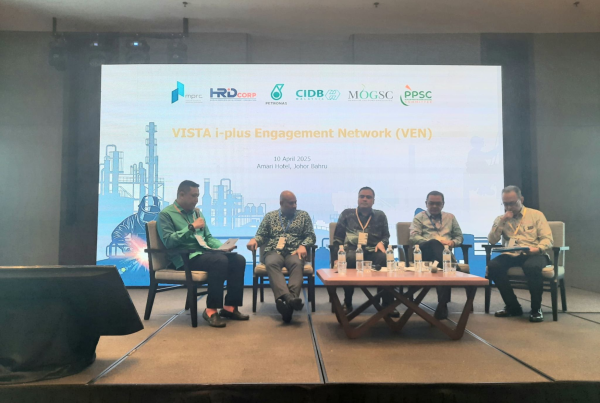
The circular economy’s approach to designing, producing and consuming goods eliminates waste and regenerates nature. In short, it ensures we can live within our means and in harmony with the planet. The building and construction sector offers massive potential for transformational change.
Roughly half of all materials we extract are used in the built environment. As much as 30% of all construction materials delivered to building sites are left as waste. So, how do we tackle waste using a circular economy approach? There are different approaches.
Firstly, design for reuse and recovery can best use existing resources on the site. Concrete, steel and wood, for instance, are reusable.
In Switzerland, 20% of construction and demolition waste is recycled, ensuring 20% fewer resources drawn from nature.
Off-site construction or prefabrication is another good way to reduce construction waste on-site. Standardising processes, planning and automation have all led to significant efficiencies, optimising each part of the manufacturing process to minimise waste. Both volumetric (whole rooms arriving on site) and penalised (wall and floor systems) modular construction can save materials and lead to more energy-efficient buildings, cutting construction times.
Other circular economy methods employ materials optimisation to make the most efficient use of resources, e.g. designing door and window openings to tie in with the façade dimensions (e.g. brickwork), so minimal cutting is required.
Procurement also plays a role in designing the building so that it can be built as efficiently as possible together with flexibility and can be deconstructed to ensure that whole-life waste is reduced. For example, relocatable partitions should be used where there is a probability that spaces will be reconfigured.
As buildings are responsible for 40% of global carbon emissions, with about one-third from the construction phase and the remaining two-thirds from buildings in use, applying the circular economy approach can ensure we reach the world’s carbon net zero by 2050.
Written by: Dr Thomas Tang, CEO of PJ Sustainability Consulting Limited, is a professional advisor to corporations on sustainability, climate resilience, urban design and social innovation. He is a UN Scholar, an adjunct professor and an author.














